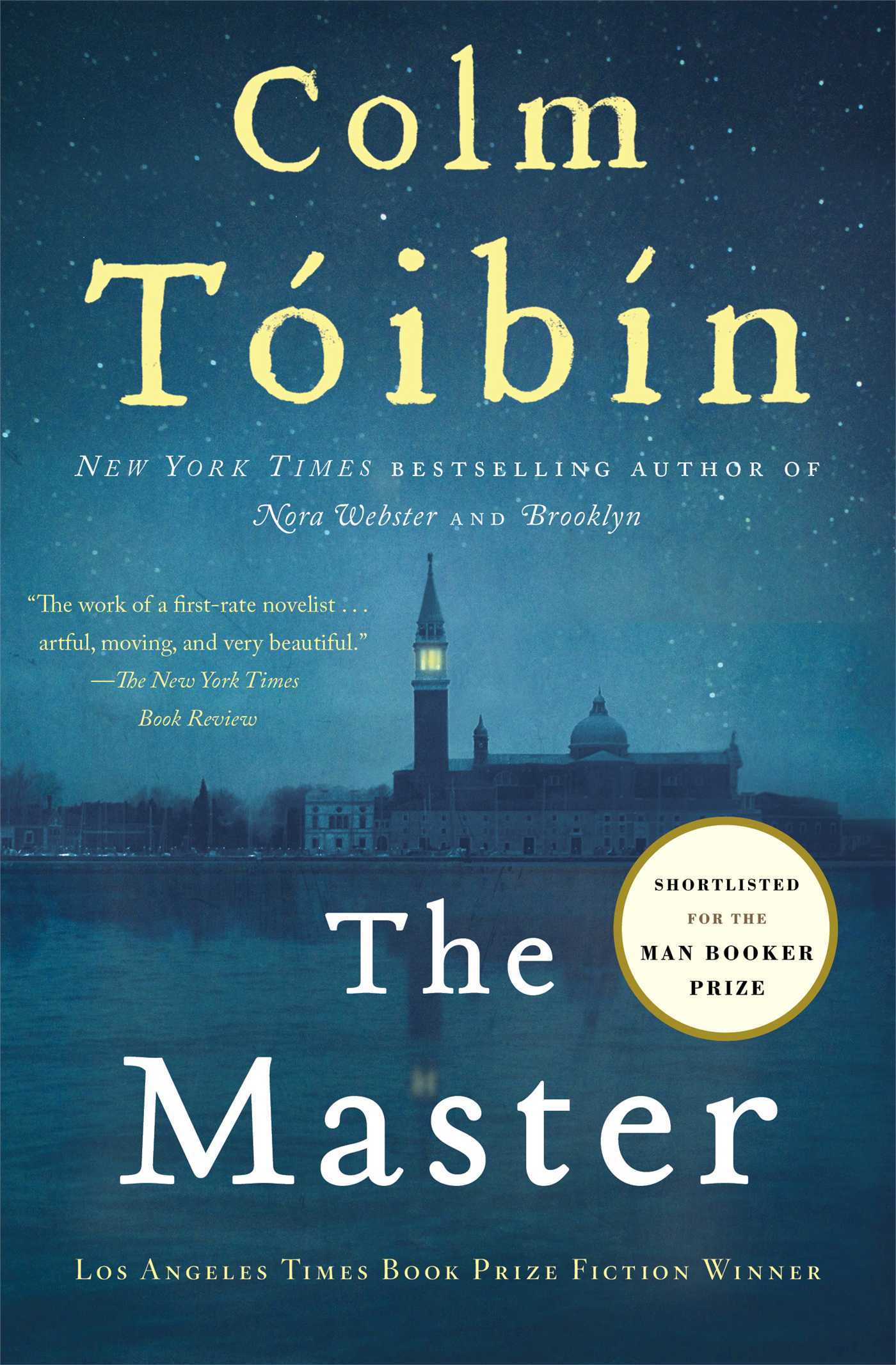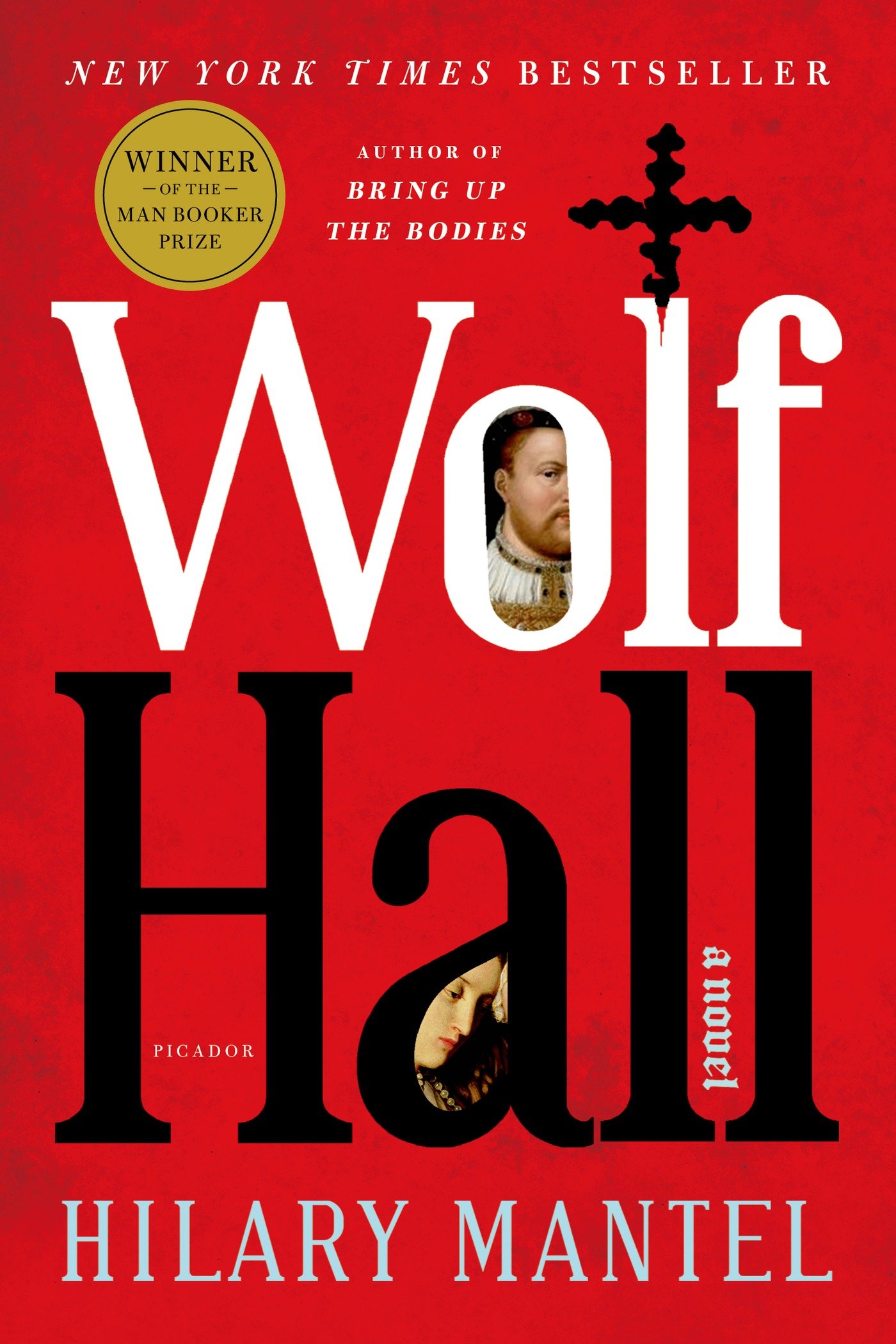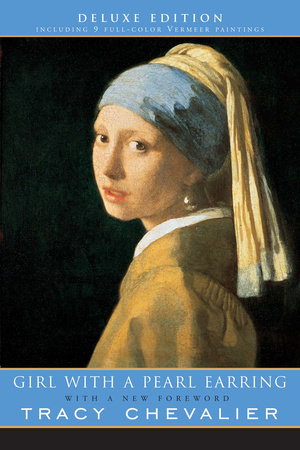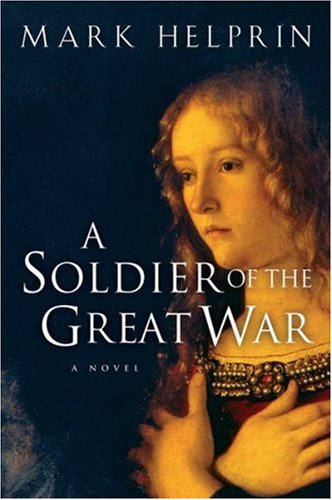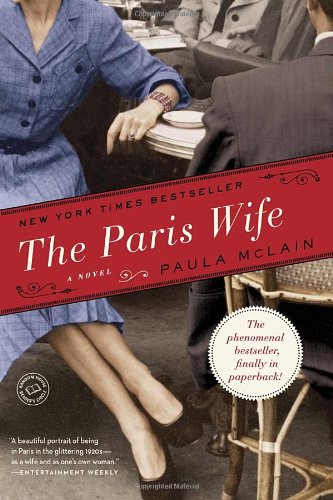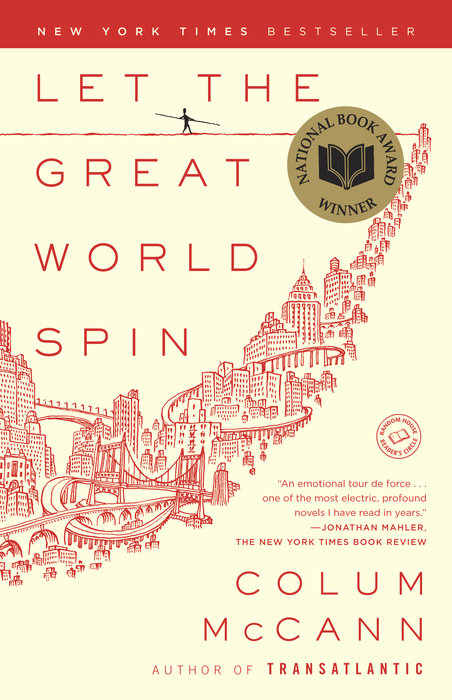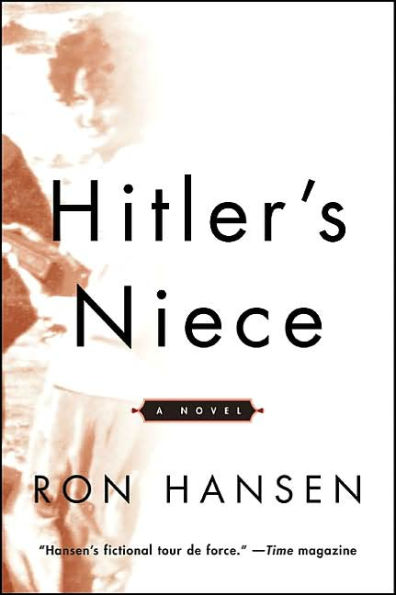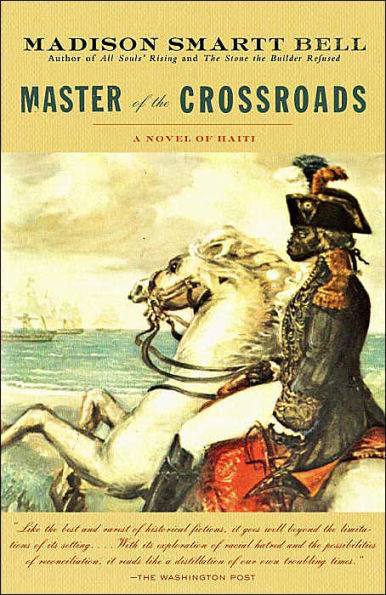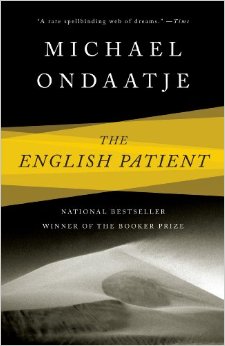You know why you read historical fiction: to be completely immersed in a specific time and place and find out how events will come to shape the actions of the characters, whose stories are perhaps untold. You know why you love literary fiction: for the deep dive into the mind and heart of a character, for the attention to language and atmosphere. Why not enjoy both in the same novel? Here’s a list of 11 books that have it all: an exciting moment in history that shapes characters we grow to love as we come to understand down to the bone who they are and why they do—all of it brought richly to life in gorgeous, evocative prose. You’re likely to be familiar with some of these books, but even in the familiar I’ve always found certain aspects worth revisiting.

11 Literary Historical Novels You Need to Read
After the failure of his play in London in 1895, a humiliated Henry James retreats to his home in Rye. The great novelist, known as “the Master,” thinks about the past and what he has sacrificed for the solitude a writer needs to work. The interior life of James is explored in elegant, measured prose so precise that you feel every nuance of the character’s emotional state. One of my all-time favorite novels.
As Michael Cunningham drew inventively on the life and work of Virginia Woolf in The Hours, Colm Tóibín captures the extraordinary mind and heart of Henry James in The Master. James was born into one of America’s foremost intellectual families two decades before the Civil War, but left his country to live in Paris, Rome, Venice, and London among privileged artists and writers. With deep emotional intensity, Tóibín captures the loneliness and longing, the hope and despair of a man who never married and never resolved his sexual identity. Time and again, James, a master of psychological subtlety in his fiction, proves blind to his own heart. (Shortlisted for the Man Booker Prize).
English novelist Thomas Hardy, an old man now, is previewing a local stage production of his novel “Tess of the D’Urbervilles.” He falls madly in love with the young actress playing Tess, much to the chagrin of his second wife. The writing is spare and clean—“wintry” you might say—depicting the falling away of Hardy’s talent and his youth.
Compulsively readable, WOLF HALL is the story of Thomas Cromwell’s rise to power during the reign of Henry VIII, as the king becomes obsessed with Anne Boleyn. The story is well known, but Mantel’s detailed look at Cromwell’s upbringing and motives give us a new view into old (but very juicy!) history.
In the ruthless arena of King Henry VIII’s court, only Thomas Cromwell dares to gamble his life to win the king’s favor and ascend to the heights of political power. Wolf Hall re-creates an era when the personal and political are separated by a hairbreadth, where success brings unlimited power but a single failure means death.
“At New Year’s he had given Anne a present of silver forks. . . . He hopes she will use them to eat with, not to stick in people.”
—Hilary Mantel
Claire: “What should we server the Walkers?”
Frank: “Cyanide.”
Claire: “I’m saving that for dessert. . . .”
The story behind Johannes Vermeer’s most famous painting, published twenty years ago (which seems incredible!), was one of the first popular works of crossover fiction that I can remember reading. Some reviewers complained that the portrayal of Griet as influencing Vermeer’s painting was not believable, but I think readers today are more accepting of (even eager for) this exploration of a little-known historical figure.
Johannes Vermeer’s GIRL WITH A PEARL EARRING has remained a beautiful enigma for centuries. In her atmospheric novel, Tracy Chevalier imagines the painting’s subject to be a young girl hired by the Vermeer household, whose rise from maid to assistant to model brings with it a world of jealousy, intimacy, and secrets.
MENTIONED IN:
The story of Alessandro Guiliani takes place around World War I, but is about so much more: love and family and the path to maturity, through hard questions and challenging situations. This novel, given to me by a cherished uncle when I was just starting to write, is the book that turned me into a fan of literary historical fiction.
No book description can begin to explain the sweep, the sadness, the beauty and thrill of this story. The young son of a prosperous Roman lawyer, whose idyllic life of privilege is curtailed by the Great War tells the story - from the vantage point of old age - of his life, his loves, his escape from the madness of war. Once you pick it up you can't put it down and once you pick it up you will need to talk about it with everyone you know.
Hemingway and Paris—that most wonderful literary combination! I find myself returning to this celebrated novel when I feel the need to revisit The City of Light. You can open the book almost at random and see the lights along the Seine, hear the chatter of writers in literary cafes like Brasserie Lipp—and, even beyond Paris, the excitement of a bullfight in Madrid.
This deeply intimate novel captures the love affair between two unforgettable figures: Ernest Hemingway and his first wife, Hadley Richardson. Despite their extraordinary bond, the Hemingways are ill-prepared for the hard-drinking and fast-living life of Jazz Age Paris, and they find themselves facing a deception that will lead to the unraveling of everything they’ve fought so hard for.
MENTIONED IN:
The interwoven stories of people touch directly and indirectly by French aerialist Phillippe Petit’s walk between the Twin Towers in 1974—from an Irish Catholic monk to the wife of the judge who sentenced Petit to pay the fine of 1 cent per floor of the North Tower. The opening section about the aerialist’s training is some of the most beautiful writing I have ever read. McCann’s novel TransAtlantic is equally compelling and beautifully written, tracing the connections between America and Ireland, from a visit made by Frederick Douglass in 1846 to the brokering of the Belfast Agreement by former senator George Mitchell in 1998.
The story of Adolf Hitler’s disturbing relationship with Angela Maria “Geli” Raubal, the daughter of his half-sister, who died of a gunshot wound in Hitler’s apartment at the age of 23. The characters of Hitler and Geli are compellingly portrayed: she, vivacious, intelligent, and increasingly horrified by the obsessions of her uncle but unable to escape; he, quickly becoming the monster known to history.
MENTIONED IN:
Varina Davis, wife of Jefferson Davis, the president of the Confederacy, tells the story of her attempted escape to Cuba after the Civil War, and of her meeting, many years later, with a slave child she raised. Varina’s fragile mental state, aided and abetted by doses of laudanum, (sometimes taken with her friend and famous letter-writer Mary Boykin Chesnut), is masterful and sympathetic.
Historical fiction at its best. The grand and chaotic drama of Haitian liberator Toussaint Louverture is revealed to us in prose is as gripping and wonderfully various as the life it details. As Toussaint struggles to free his people, you feel like you’re reading a painting or watching an epic movie.
MENTIONED IN:
THE ENGLISH PATIENT is one of the most beautifully written books I have ever read. The novel’s epigraph, from a Geographical Society lecture that refers to “the tragic circumstances of the death of Geoffrey Clifton at Gilf Kebir, followed later by the disappearance of his wife, Katharine Clifton,” sets the tone for the rich combination of history and fiction. When I’m writing, I think often of this quote from the novel: “a novel is a mirror walking down a road.”

